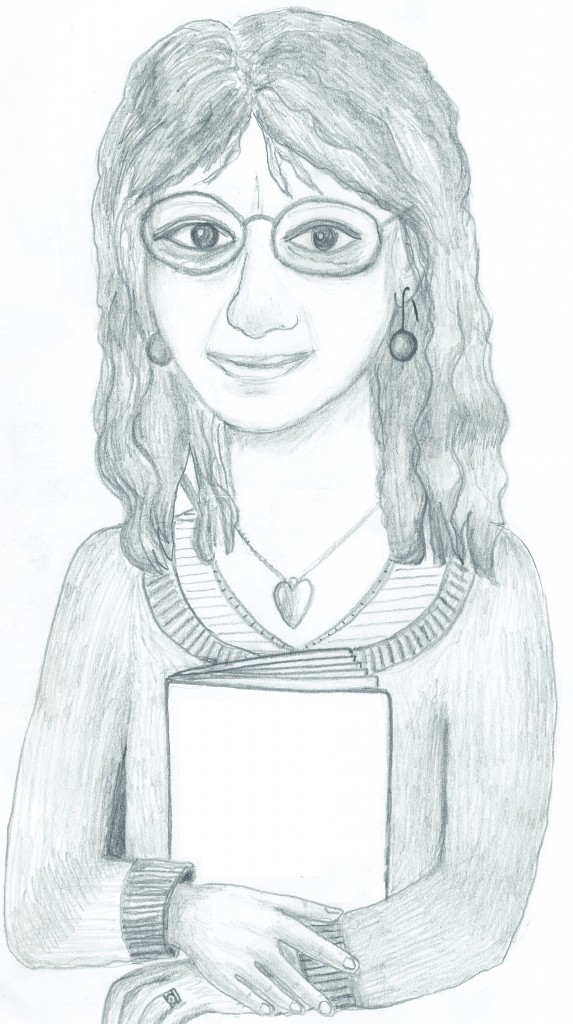
During the Renaissance, artists were fascinated by people, beauty, anatomy and nature. They created art with quite a new focus: portraits of wealthy people (often clutching books to show their intelligence and education), detailed prints and paintings of plants, animals and landscapes; paintings of buildings with careful attention to the rules of perspective; and even pictures of children playing games. Later, some artists began to show an interest in peasants’ lives, not just the lives of the wealthy.
It was a time when creativity flourished. In any historical period, however, alongside those who embrace change are those who fear its effects on their belief systems and way of life. The Catholic Church, for example, was deeply suspicious of many Renaissance ideas, did not allow dissection and accused scientists of heresy. For this reason, Copernicus did not publish his theory about a sun-centred universe until late in his life. Galileo was accused of heresy and placed under house arrest for the last few years of his life.
All in all, it was an interesting and dangerous time. Like now!
1 Quizlet
Play the Match game | Play the Gravity game
2 Alternative Monas
•A Pinterest board that might inspire you
•My former students’ Mona Lisas
•Live Science website on the Mona Lisa
3 Some Great Minds of the Renaissance:
- Leonardo da Vinci – Art Gallery Link, Inventions Link, How Stuff Works Link
- Galileo Galilei – PBS Link, Smart History Link
- Sofonisba Anguissola – Masterpiece Cards Link
- Michelangelo – BBC Link, Italian Renaissance Link, details about the Pièta sculpture
- Botticelli – Botticelli.net Link
- Brunelleschi – Renaissance Art Link
- Albrecht Dürer – Ibiblio Link
- Pieter Bruegel the Elder – Metmuseum Link
- Christine de Pizan – Middle-Ages.org Link
- Artemisia Gentelleschi – Web Gallery of Art Link
4 Film on the Medici family and the birth of the Renaissance in Florence

